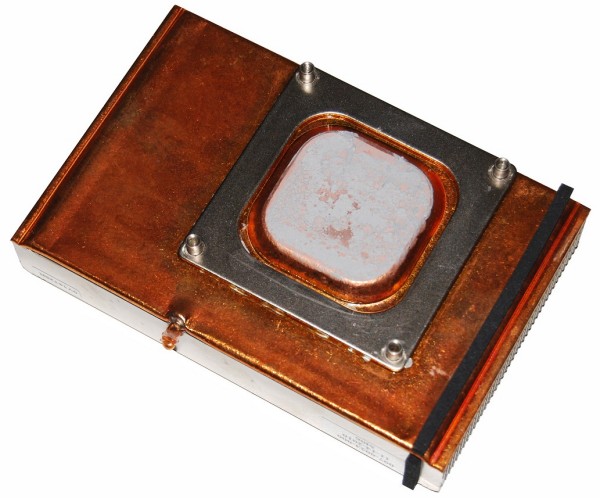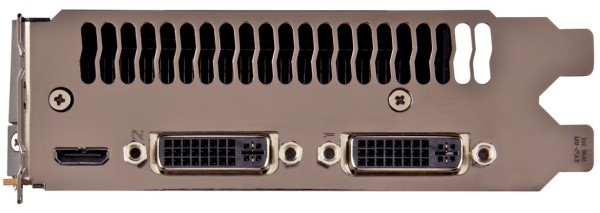Gigabyte GeForce GTX 570 in Detail
With a suggested retail price of $350 the GeForce GTX 570 can still be considered a high-end graphics card, costing twice as much as the highly praised GeForce GTX 460. The card is also around $50 more expensive than the Radeon HD 5870 and about $150 less than some Radeon HD 5970 graphics cards (those are getting harder to get).

This also means that the GeForce GTX 570 is fetching up to $100 more than some GeForce GTX 470 graphics cards. With such a premium, we are expecting big things from the new arrival.
Based on Fermi's third-generation Streaming Multiprocessor (SM) architecture, the GeForce GTX 570 boasts 480 CUDA cores, which is more than twice the shader power of the GT200 core used by the GeForce GTX 280/285. There are also 60 TAU (Texture Addressing Units) units, the same number used by the GeForce GTX 480, while the ROP (Raster Operations) have been decreased from 48 featured on the GTX 580 to just 40 as in the GeForce GTX 470.


To break it down, we have 4 Graphic Processing Clusters, 16 Streaming Multiprocessors, 480 CUDA Cores, 60 Texture Units and 40 Raster Operations Units. The graphics clock speed for fixed function units is set at 732MHz, 4.5% higher than the GeForce GTX 480, while shader frequency was increased by the same measure to 1464MHz.
The GeForce GTX 570 is paired with 1280MB of GDDR5 memory clocked at 950MHz (3800MHz DDR). Combine that with a memory interface of 320-bit and you get a peak theoretical bandwidth of 152GB/s, or 14% less bandwidth than the GTX 480 and 14% more than the GTX 470.

Nvidia has slightly reduced the Thermal Design Power (TDP) of the GeForce GTX 570 to 225 watts, down from 244 watts on the flagship GTX 580. Although this represents a modest 8% drop, Nvidia has employed other measures to help keep the card cooler and quieter, like including chips that oversee power draw from the PCIe slot and PCIe power connectors.

By monitoring power consumption, the card determines if it's drawing too much power and throttles down. We saw something similar on the Radeon HD 5970, which would regularly reduce its operating frequency when running load programs such as FurMark and OCCT. Using these programs to measure the load consumption of the GeForce GTX 570 can't really be done accurately anymore.
Other than the PCIe slot, much like other high-end cards the GeForce GTX 570 pulls power though a pair of external 6-pin PCIe power connectors. Nvidia recommends using at least a 550-watt power supply with this graphics card.



The new GTX 570 has also received a substantially overhauled cooling design. Notice there are no heatpipes sticking out the top, while the PCB ventilation has also been removed. Whereas the GeForce GTX 480 used a traditional heatpipe heatsink, the GTX 580 and GTX 570 graphics cards utilize a heatsink with a vapor chamber.
This type of design was first implemented in the Radeon HD 5970 and it seems like a natural progression for the GeForce GTX 500 series. The fan has also been slightly changed to mimic a design used by AMD. Nvidia now includes a ring around the blower fan fins to reduce vibration and lower the operating volume.

Finally, the I/O end of the GeForce GTX 570 is identical to the GTX 470, featuring a vent across the top of the panel and a pair of DVI ports with a mini-HDMI port below. The display controller now supports HDMI 1.4a, though we should point out that full audio bitstreaming is not part of the deal, which was also the case with the GeForce GTX 470.

This is rather disappointing considering the GeForce GTX 460 already carries this feature, so we're not sure why it wasn't ported over the GF110 architecture. Furthermore, the GeForce GTX 570 only supports two displays, so anyone wanting to take advantage of Nvidia's 3D Vision technology will require a second card.
